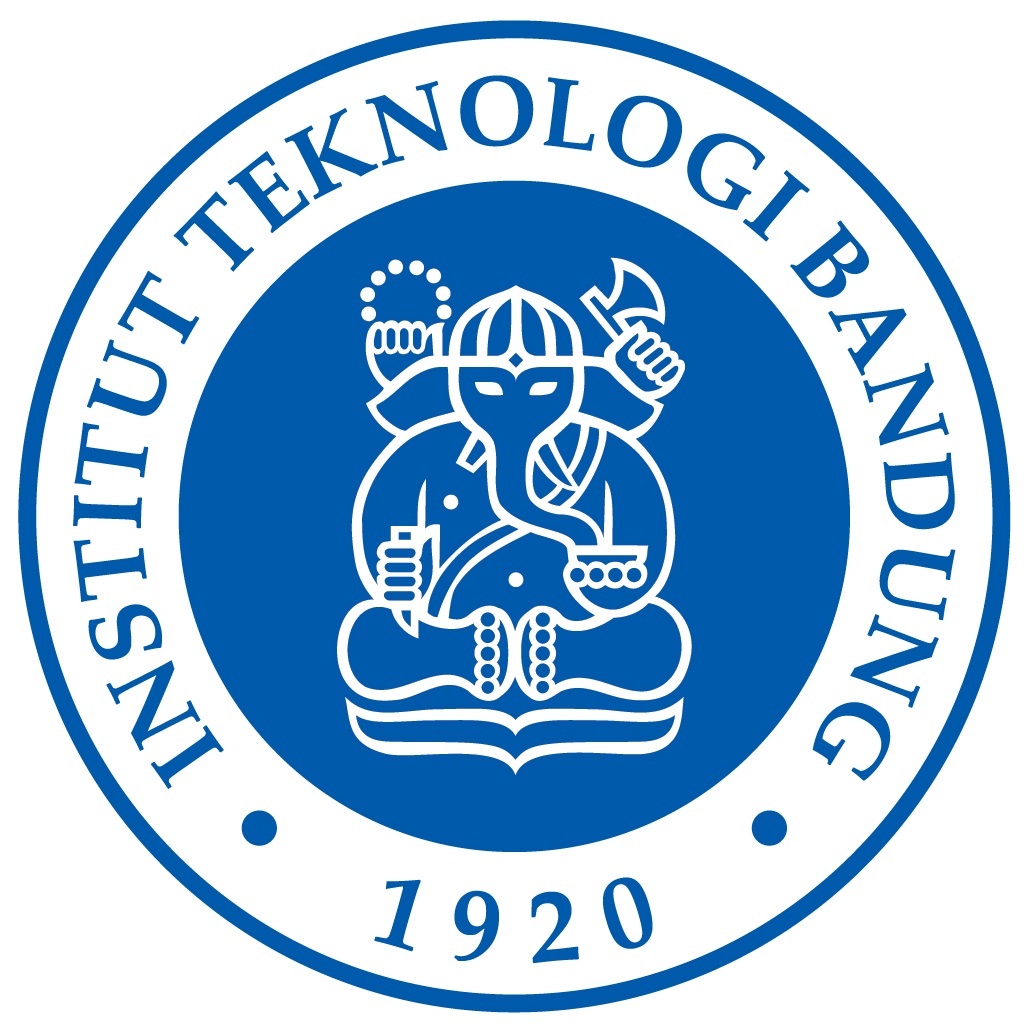

Sartika Indah Amalia Sudiarto
The activity "Introduction to Biodiversity and Increasing Environmental Awareness for School Teachers in the ITB Cirebon Campus Area" aims to increase teachers' understanding and competence in teaching environmental education and strengthen ITB's role in supporting the development of the surrounding community. This program is organized by the SITH ITB Ecology Scientific Group (KK) as a form of community service to overcome low environmental awareness and threats to biodiversity due to human activities.
The methods used include structured training in the form of delivering material in class, field practice, namely introducing the diversity of arthropods in the environment around the ITB Cirebon Campus, making preserved plants and animals. Participants are also encouraged to apply the knowledge gained through practice in their respective schools, which is then published in the form of posters or infographics on social media.
There are 25 participants who took part in this community service activity, consisting of school teachers middle and high school around the ITB Cirebon Campus area. This activity is carried out for 1 day which includes activities to introduce plants, make dry plant preserves, introduce how to collect arthropods using the pitfall method and carry out simple preservation of the arthropods that have been collected.
Expected results includes increasing teachers' understanding of ecological concepts, the ability to recognize local species as environmental indicators, and integrating biodiversity material in the school curriculum. Long-term impacts include increasing student knowledge and environmental awareness among the community around the ITB Cirebon Campus. This program also strengthens ITB's role as an institution that contributes to biodiversity conservation and sustainable education.
Strengthening understanding of the concept of environmental education (ecology) for secondary school teachers in the ITB Cirebon campus area. Get to know biodiversity which can be used as an environmental indicator; introduction to biodiversity around the ITB Cirebon campus.
The benefits of projects related to the introduction of biodiversity for high school teachers can be designed to have a positive impact on teaching, understanding and environmental awareness. Here are some of the benefits: Increased Teaching Competency Enriching Teaching Materials: Teachers gain an in-depth understanding of biodiversity, so they are able to deliver material in a more interesting and relevant way. Interactive Methods: Teachers can integrate project-based teaching methods, such as field exploration, discussion, or case studies, which increase student engagement. Local Curriculum Development, Contextualization of Material: Teachers can relate lessons to local biodiversity, strengthening students' understanding of the surrounding ecosystem. Increasing the Value of Local Wisdom: Introducing students to endemic species or traditional practices that support environmental sustainability. Increasing Environmental Awareness and Concern. Learning Model for Students: Teachers become examples in understanding and preserving biodiversity, inspiring students to care about the environment. Community Collaboration: Teachers can involve students and the community in activities such as reforestation, species monitoring, or environmental protection campaigns. Professionalism Opportunities. Involvement in Research: Teachers can participate in simple research, such as a school biodiversity inventory, and use the results to enrich learning. Collaboration with Educational or Environmental Institutions: Teachers can build networks with universities, NGOs, or other institutions that focus on biodiversity conservation. Technology Use and Data Literacy. Use of Digital Tools: Teachers can utilize applications or software to identify species. Scientific Understanding: Teachers are able to read, analyze and use biodiversity data in learning. Development of Value-Based Education. Formation of Student Character: Teachers can instill the values of love for the environment, responsibility and ecological awareness in students. Integration of Sustainable Education: Biodiversity material is a means for teaching sustainable development goals (SDGs), especially in ecological aspects. These projects, if well designed, not only enrich students' learning experiences but also empower teachers as agents of change in education and environmental conservation.